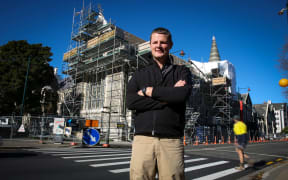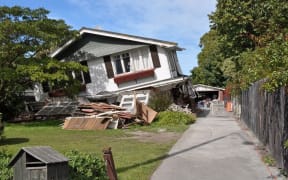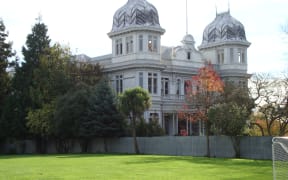As earthquake damaged central Christchurch buildings have been demolished over the last five years and sites cleared, archaeologists have been on-site gaining a unique insight into the past.
Anyone doing earthworks on a site which had activity prior to 1900 has to have an archaeologist on site during demolition, and that has lead to thousands of sites in Christchurch being assessed.
Katherine Watson, the director and senior archaeologist at Underground Overground Archaeology, said it had been a once in a lifetime opportunity.
Underground Overground, in conjunction with the television show Heritage Rescue, have put together an exhibition of some of the items which they have found over the last few years.
Katherine Watson said mostly what they have found was people's everyday rubbish, in pits or left under houses, but she said it gave a real insight into people's lives.

Archaeologist Katherine Watson curated the exhibition of items found in central Christchurch post earthquakes. Photo: RNZ / Rachel Graham
"The products that were available to them, and the trade networks that facilitated that, and it's amazing the connections that Christchurch did have from really early on. We're seeing both their material culture, in terms of plates, cups, bottles, and the houses they lived in."
The exhibition is particularly aimed at children and as such has a range of children's items and toys on display. These include a Bakelite horse, a small wooden boat, and a bat and a ball, with the ball carved to look like a globe.
There is also a small ceramic doll called Frozen Charlotte, which Ms Watson said was both a toy and a morality lesson.
She said the legend was that Charlotte, a girl in the United States, refused to wear a coat when heading out on a cold night despite her mother's warning, and froze to death. Frozen Charlotte dolls were sometimes included in a pudding, for a lucky child to find.
Another favourite item of Ms Watson's is the clay tobacco pipe, shaped like a skull, with blue glass eyes.
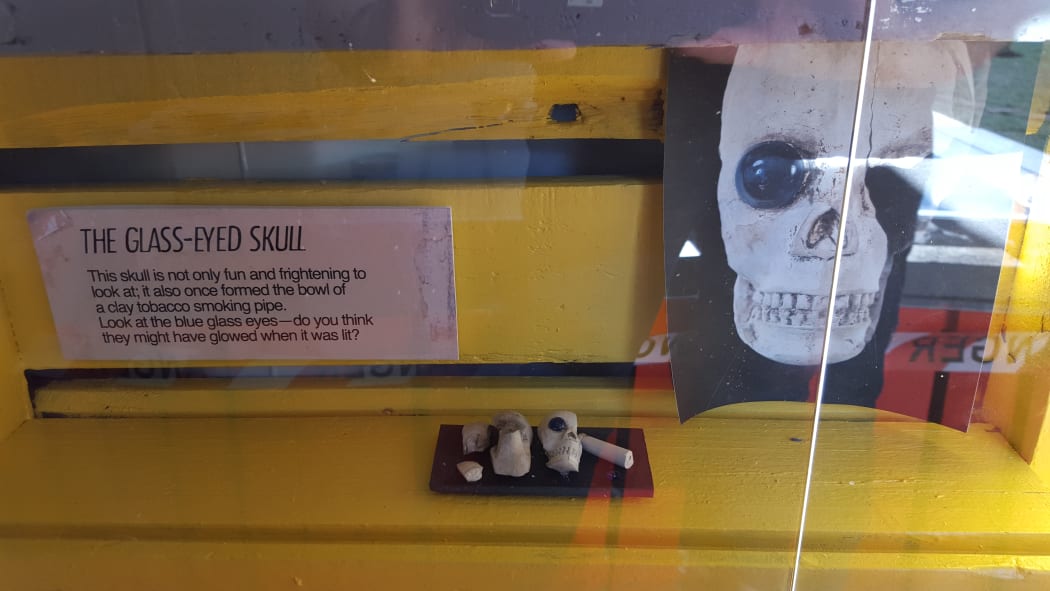
A clay pipe shaped as a skull found in central Christchurch. Photo: RNZ / Rachel Graham
The display also includes two replica long drops, with a couple of examples of some of the non-perishable items found in them by the intrepid archaeologists.
Ms Watson said archaeologists love long drops.
"They are often full of artefacts, because when they become full or (people) switch to indoor toilets they fill them up with all their rubbish so they can be a treasure trove of artefacts."
Some of the examples of things found, which are on display, are a child's potty and several remnants of toothbrushes. The toothbrushes would have originally had boar bristles, but now all that remains is the bone handle.
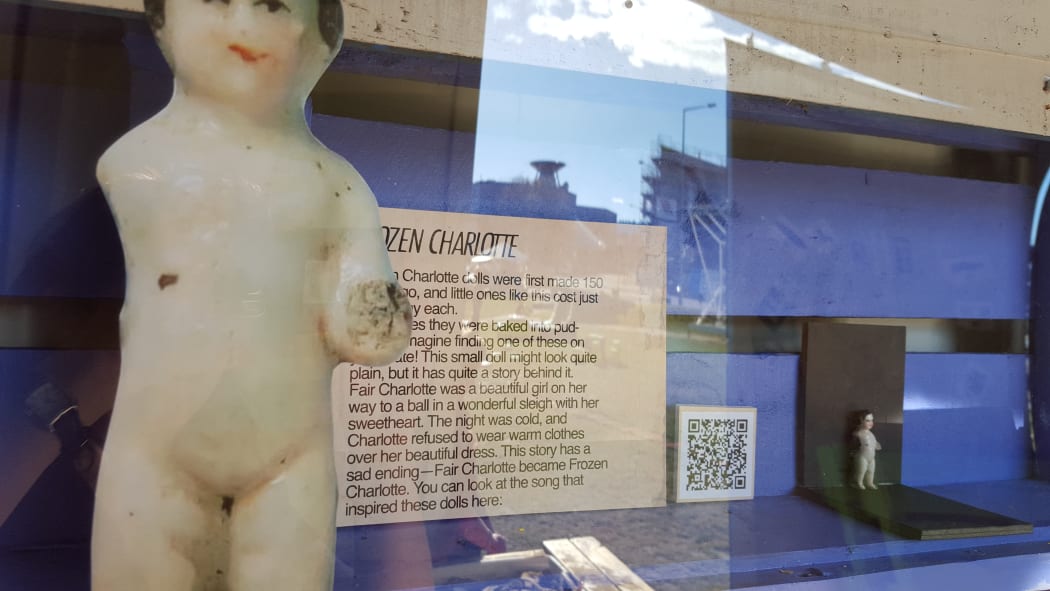
This Frozen Charlotte doll is one of a range of toys on display. Photo: RNZ / Rachel Graham
Any non-Māori items found belong to the person who owned the land at the time of the discovery, while ownership of any Māori items goes to the Crown, and the relevant runanga or iwi can apply for kaitiaki or guardianship.
The exhibition will be open each weekend at the The Commons, on the corner of Durham and Kilmore streets, in central Christchurch until the end of June.
